A research team has developed an innovative method to quantify wheat uniformity using unmanned aerial vehicle (UAV) imaging technology.
Tag: Wheat
Gene could unlock big wheat yields for a growing population
A study from the University of Adelaide has discovered molecular pathways regulated by a gene traditionally used to control wheat-flowering behaviour could be altered to achieve greater yields.
Genetic hope in fight against devastating wheat disease
Fungal disease Fusarium head blight (FHB) is on the rise due to increasingly humid conditions induced by climate change during the wheat growing season, but a fundamental discovery by University of Adelaide researchers could help reduce its economic harm.
Movement of crops, animals played a key role in domestication
Over the last 15 years, archaeologists have challenged outdated ideas about humans controlling nature. Writing in the Proceedings of the National Academy of Sciences, Xinyi Liu in Arts & Sciences at Washington University in St. Louis argues for a new conceptual bridge connecting the science of biological domestication to early food globalization.
Climate change: Fungal disease endangers wheat production
Climate change poses a threat to yields and food security worldwide, with plant diseases as one of the main risks.
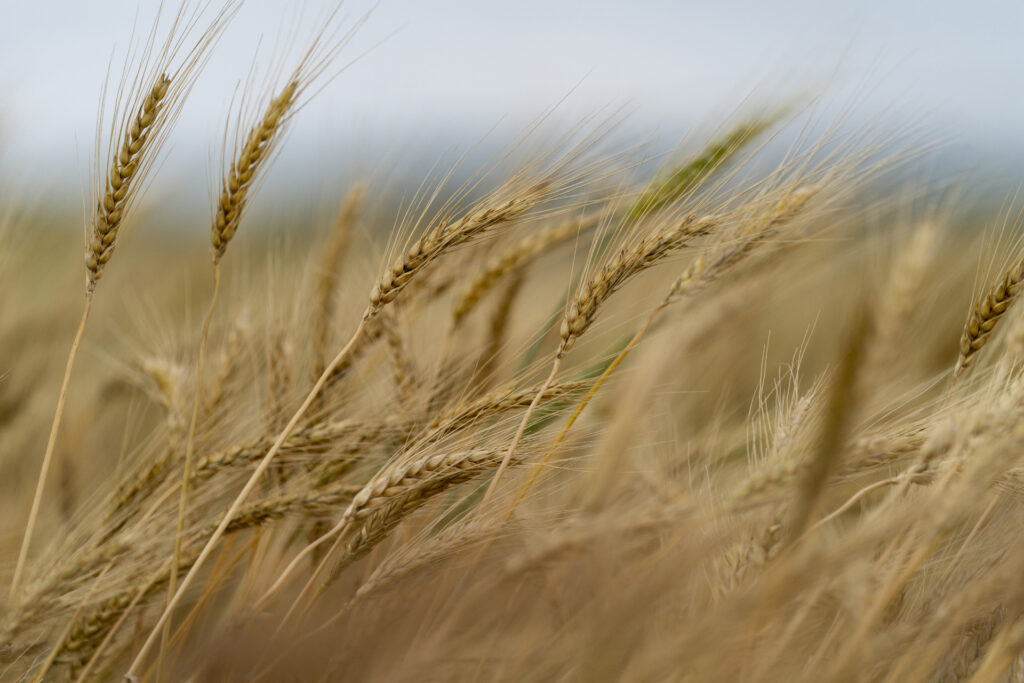
Beneficial rainfall leads to above-average fall planted wheat
Timely rainfall in some areas has been highly beneficial for the fall wheat crop, according to a Texas A&M AgriLife Extension Service expert.
Cadmium Intake from Six Foods Analyzed by Age Group
New exposure study suggests that combined consumption estimates of the metal cadmium in common foods may exceed some government health guidance limits for young groups.
New Research Suggests Wheat Crops May Be Threatened by Unprecedented Heat and Drought
A recent study led by a researcher at the Friedman School of Nutrition Science and Policy at Tufts University found that the likelihood of extreme temperatures that could affect crop yields has increased significantly in wheat-producing regions of the U.S. and China.
Could AI-powered object recognition technology help solve wheat disease?
A new University of Illinois project is using advanced object recognition technology to keep toxin-contaminated wheat kernels out of the food supply and to help researchers make wheat more resistant to fusarium head blight, or scab disease, the crop’s top nemesis.
Thirsty wheat needed new water management strategy in ancient China
Research from Washington University in St. Louis shows that a practice of purposeful water management, or irrigation, was adopted in northern China about 4,000 years ago as part of an effort to grow new grains that had been introduced from southwest Asia. But the story gets more complex from there. Wheat and barley arrived on the scene at about the same time, but early farmers only used water management techniques for wheat.

USDA funds IU-led research team to develop disease-resistant wheat
The USDA National Institute of Food and Agriculture has awarded researchers led by IU’s Roger Innes an over $1.2 million grant to generate wheat and barley lines with enhanced resistance to Fusarium Head Blight.
GW Expert Available to Discuss Russia-Ukraine Grain Export Agreement
Russia and Ukraine have put pen to paper on a United Nations-brokered agreement to restart grain shipments from Ukrainian ports. Before the war, Ukraine was responsible for 10 percent of global wheat exports. The Russian blockade has stranded tens of…
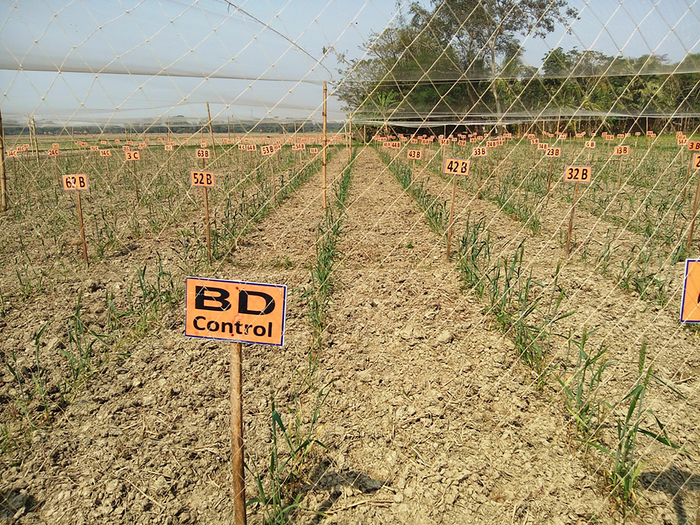
Researchers have developed a potential super wheat for salty soils
Researchers at the University of Gothenburg have developed several new varieties of wheat that tolerate soils with higher salt concentrations.
Higher wheat yields and protein content on the horizon
A team of international researchers has discovered a way to produce higher quality wheat. The scientists from the University of Adelaide and the UK’s John Innes Centre have identified a genetic driver that improves yield traits in wheat, which unexpectedly can also lead to increasing protein content by up to 25 per cent.
Global climate change impacts on crops expected within 10 years
Climate change may affect the production of maize (corn) and wheat by 2030 if current trends continue, according to a new international study.
CIMMYT Joins the International Wheat Genome Sequencing Consortium
The International Maize and Wheat Improvement Center (CIMMYT) has joined the International Wheat Genome Sequencing Consortium IWGSC) as a sponsoring partner, both organizations announced today.
Why mix varieties of wheat in a field?
Increasing genetic diversity protects against total crop failure
Sensing what plants sense: Integrated framework helps scientists explain biology and predict crop performance
Scientists have invested great time and effort into making connections between a crop’s genotype and its phenotype. But environmental conditions play a role as well. Iowa State University researchers untangle those complex interactions with the help of advanced data analytics in a newly published study.
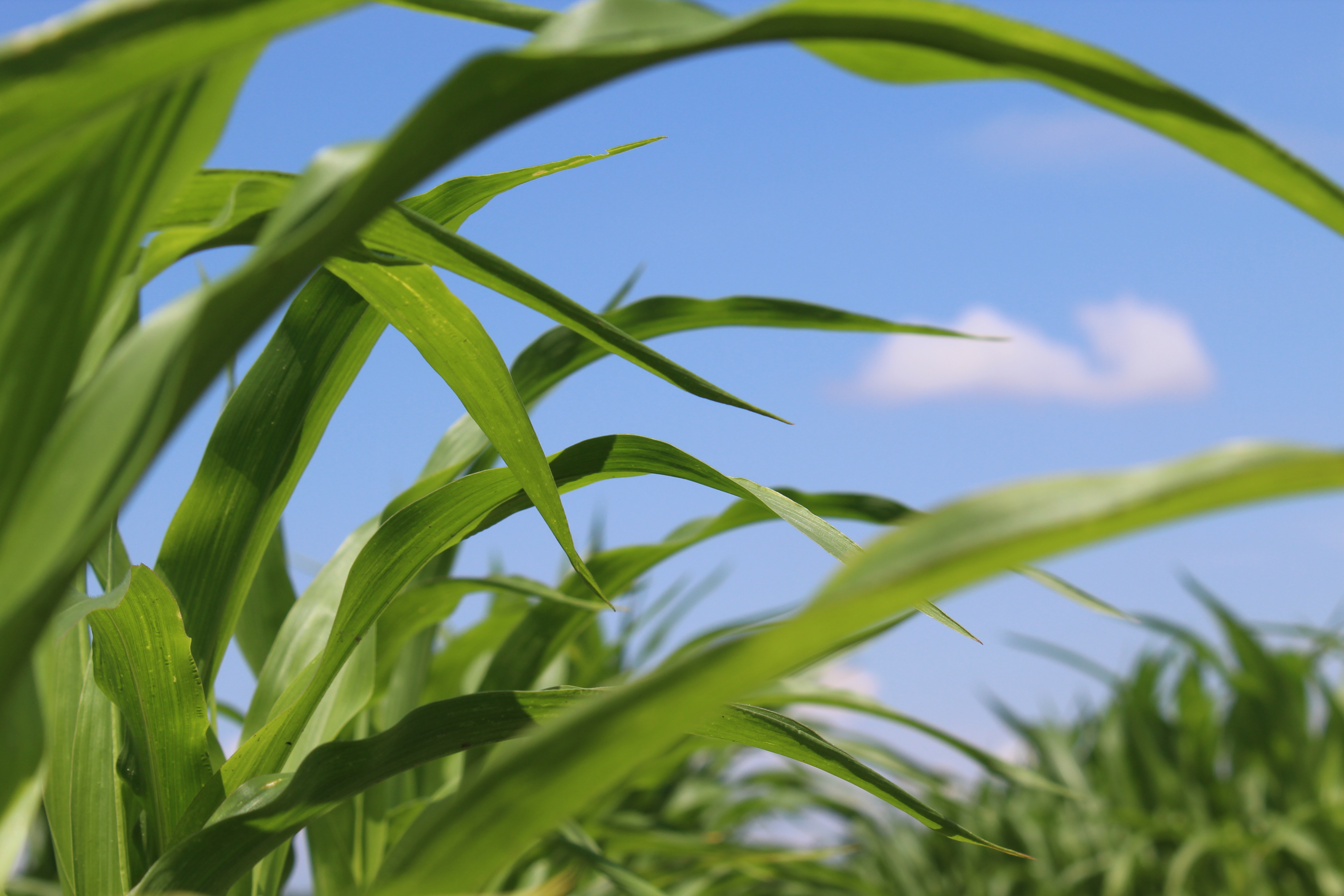
Benefits of wheat in corn-soybean crop rotations
Adding wheat can boost yields, increase economic return, and improve soil
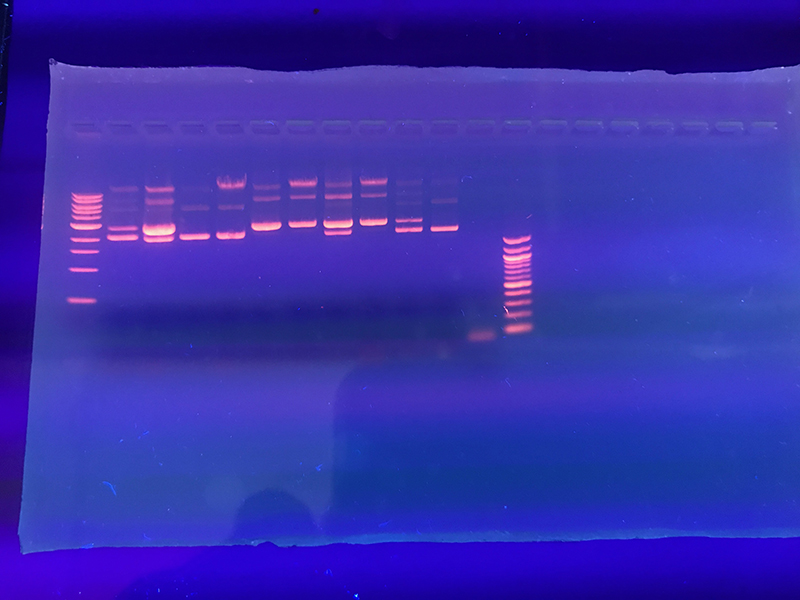
Making wheat and peanuts less allergenic
Research uses plant breeding and biotechnology to remove proteins associated with food allergies.
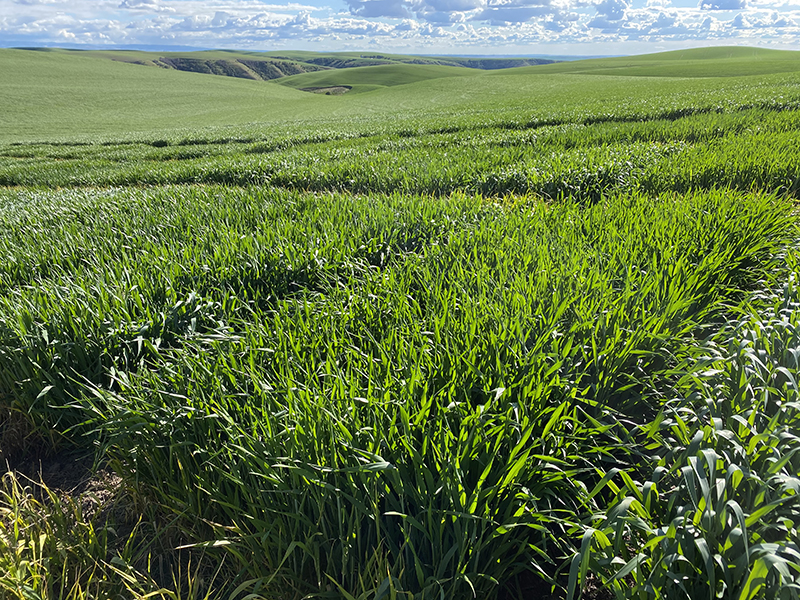
How can various cultivars influence the history of a crop?
Older crops like Madsen wheat have lasting legacy
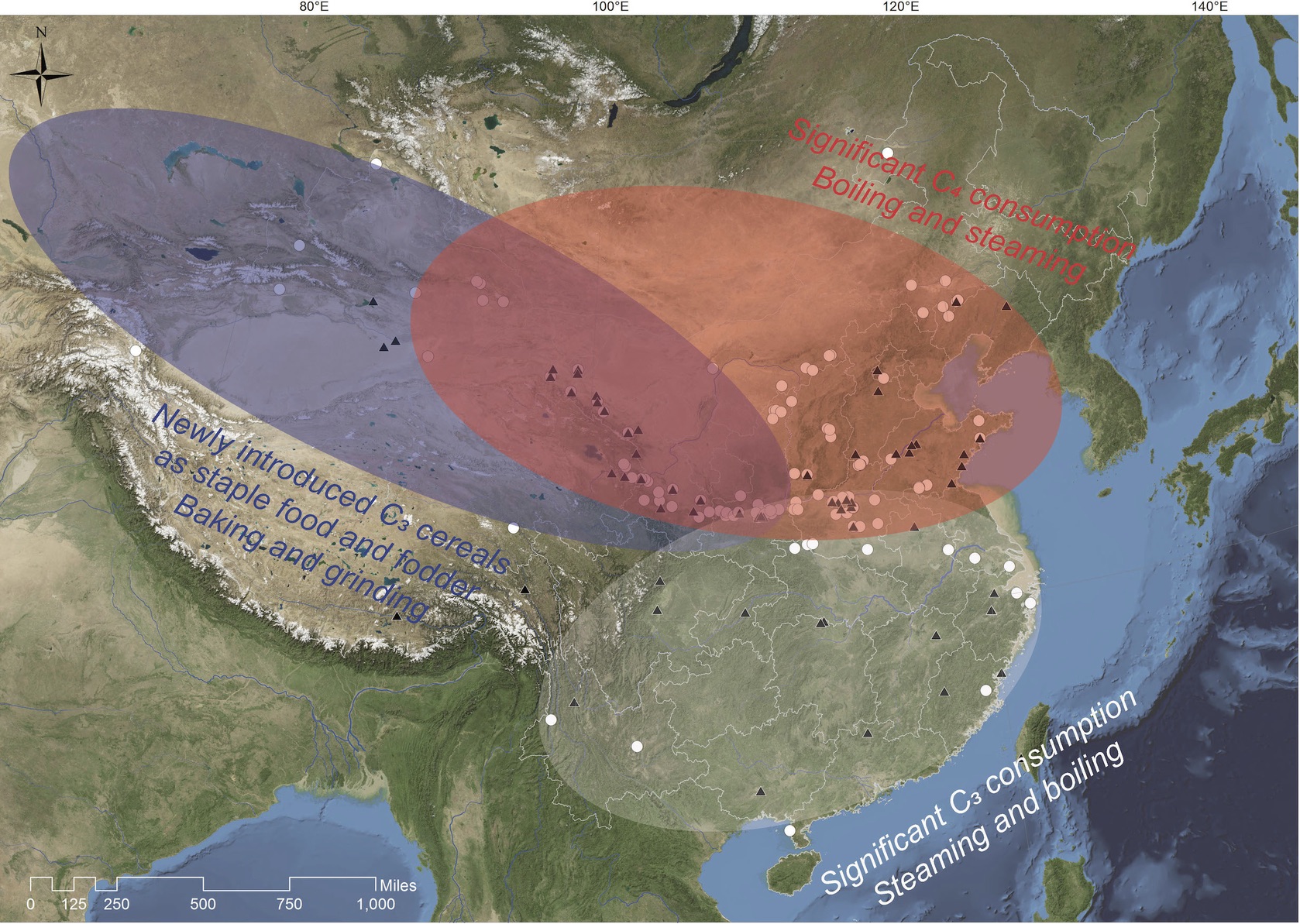
Local cooking preferences drove acceptance of new crop staples in prehistoric China
The food preparation preferences of Chinese cooks — such as the technological choice to boil or steam grains, instead of grinding or processing them into flour — had continental-scale consequences for the adoption of new crops in prehistoric China, according to research from Washington University in St. Louis. A new study in PLOS ONE led by Xinyi Liu, associate professor of archaeology in Arts & Sciences, focuses on the ancient history of staple cereals across China, a country well known for its diverse food products and early adoption of many domesticated plants.
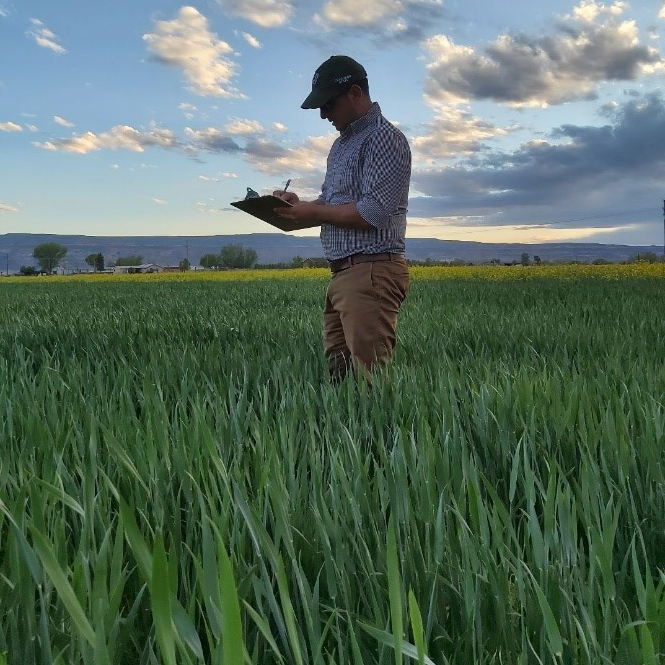
Putting zinc on Bread Wheat Leaves
Applying zinc to the leaves of bread wheat can increase wheat grain zinc concentrations and improve its nutritional content.
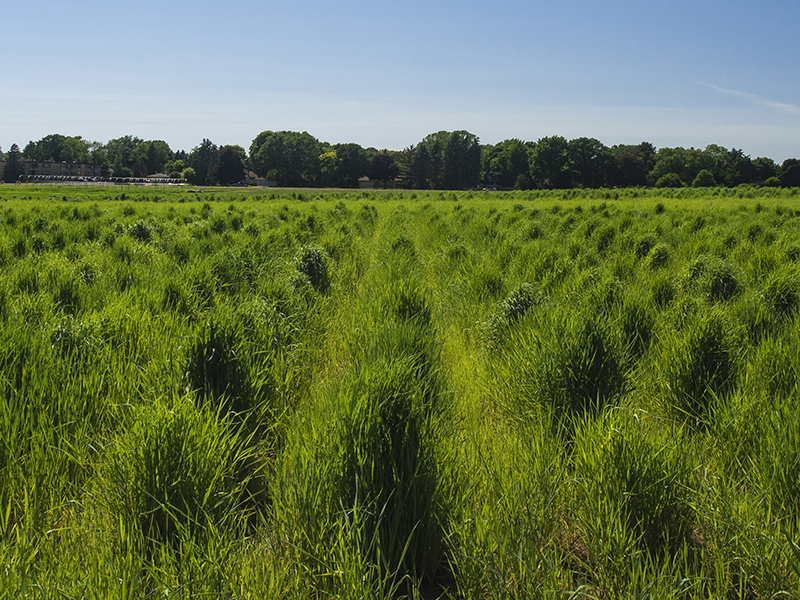
Food-grade wheatgrass variety released for public use
Farmers can now grow this superfood with environmental and health benefits

Arbor Biosciences Joins the International Wheat Genome Sequencing Consortium
Arbor Biosciences has joined the International Wheat Genome Sequencing Consortium as a sponsoring partner, both organizations announced today
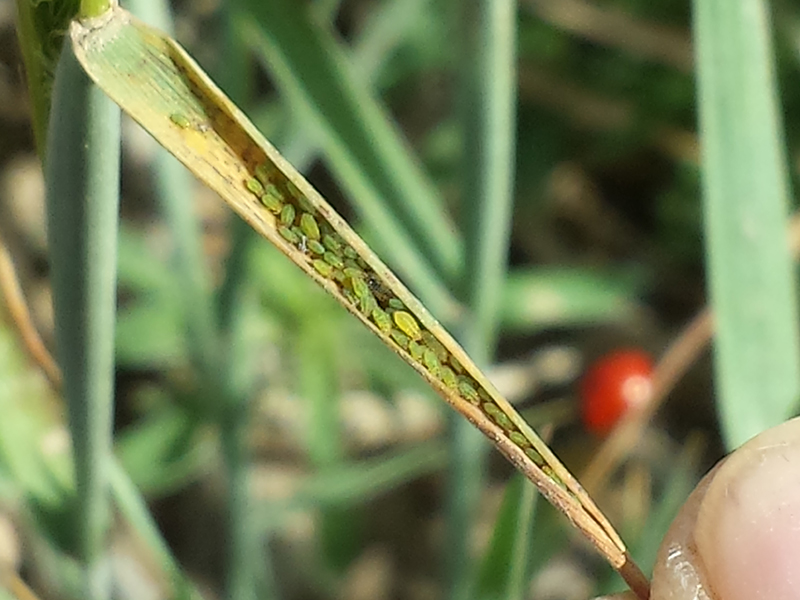
Protecting American wheat fields
Scientists protect American wheat from aphids – using resistant varieties from Iran
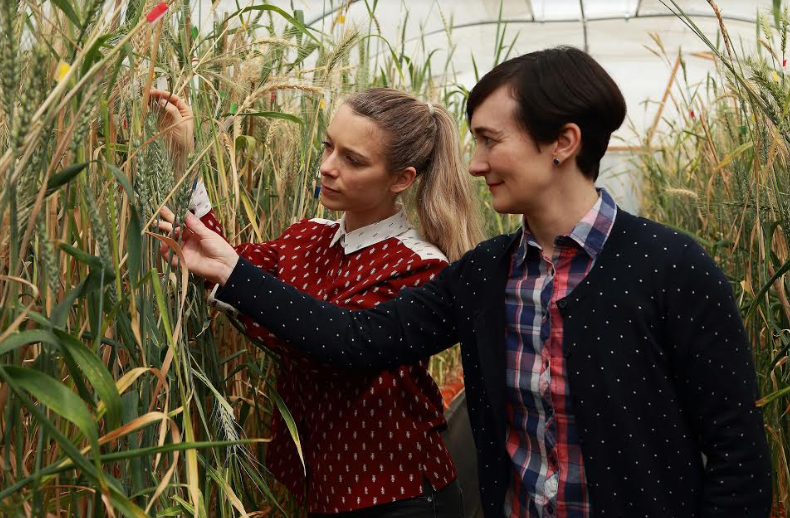
CT scanning wheat grains for stress tolerance
Scientists have developed a computed tomography (CT) scanning method for screening large samples of wheat for drought and heat tolerance. They believe the new system will allow more accurate and much more rapid analysis of wheat heads, speeding up the process of breeding for plants better adapted to climate change
Cornell nutrition research will inform WHO guidelines, policy
A Cochrane systematic review on the benefits and safety of fortifying wheat or maize flour with folic acid and population health outcomes, led by scientists in the Division of Nutritional Sciences at Cornell, found that fortification with folic acid (the synthetic form of folate) may improve folate status and reduce the occurrence of neural tube defects